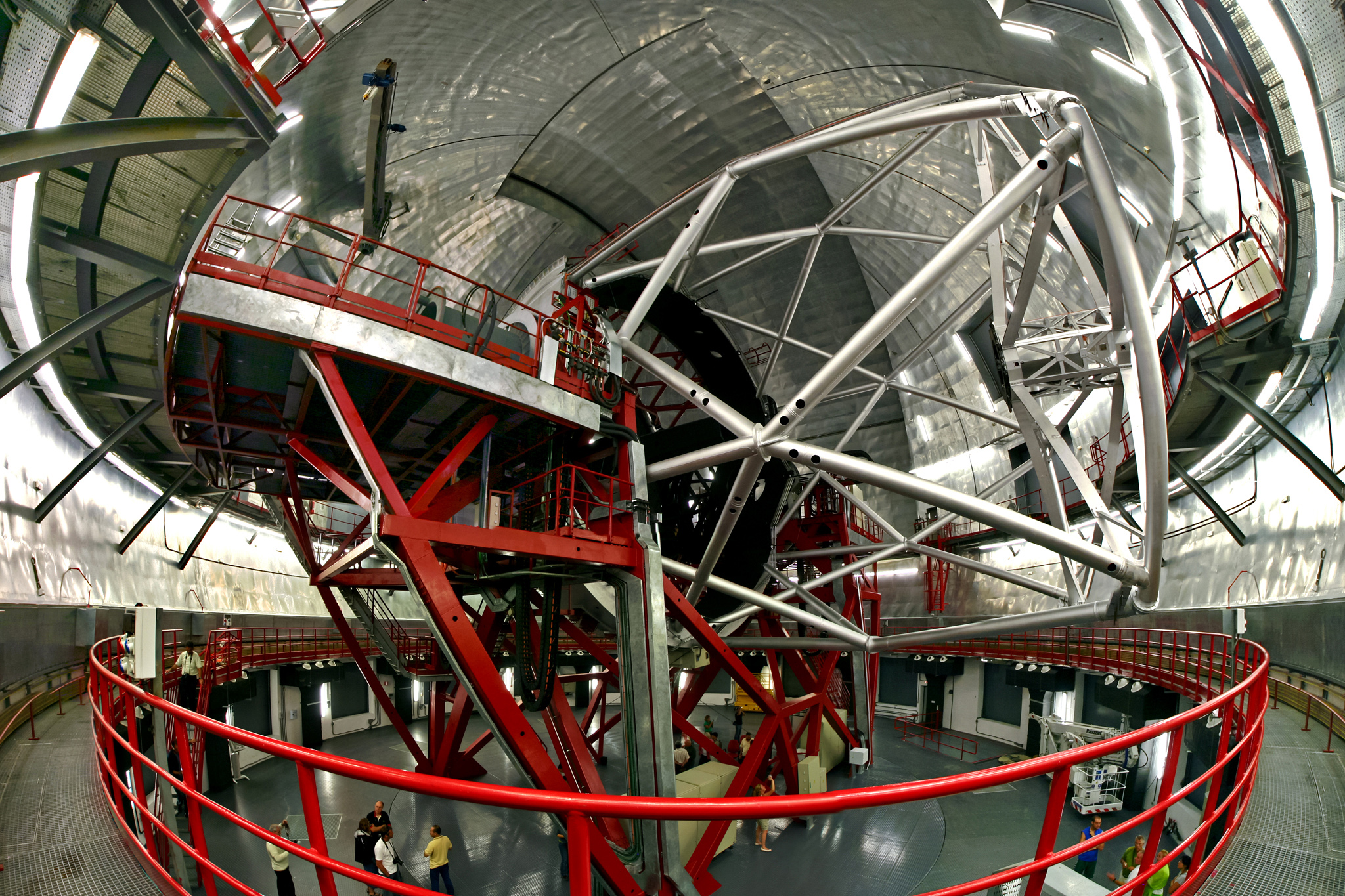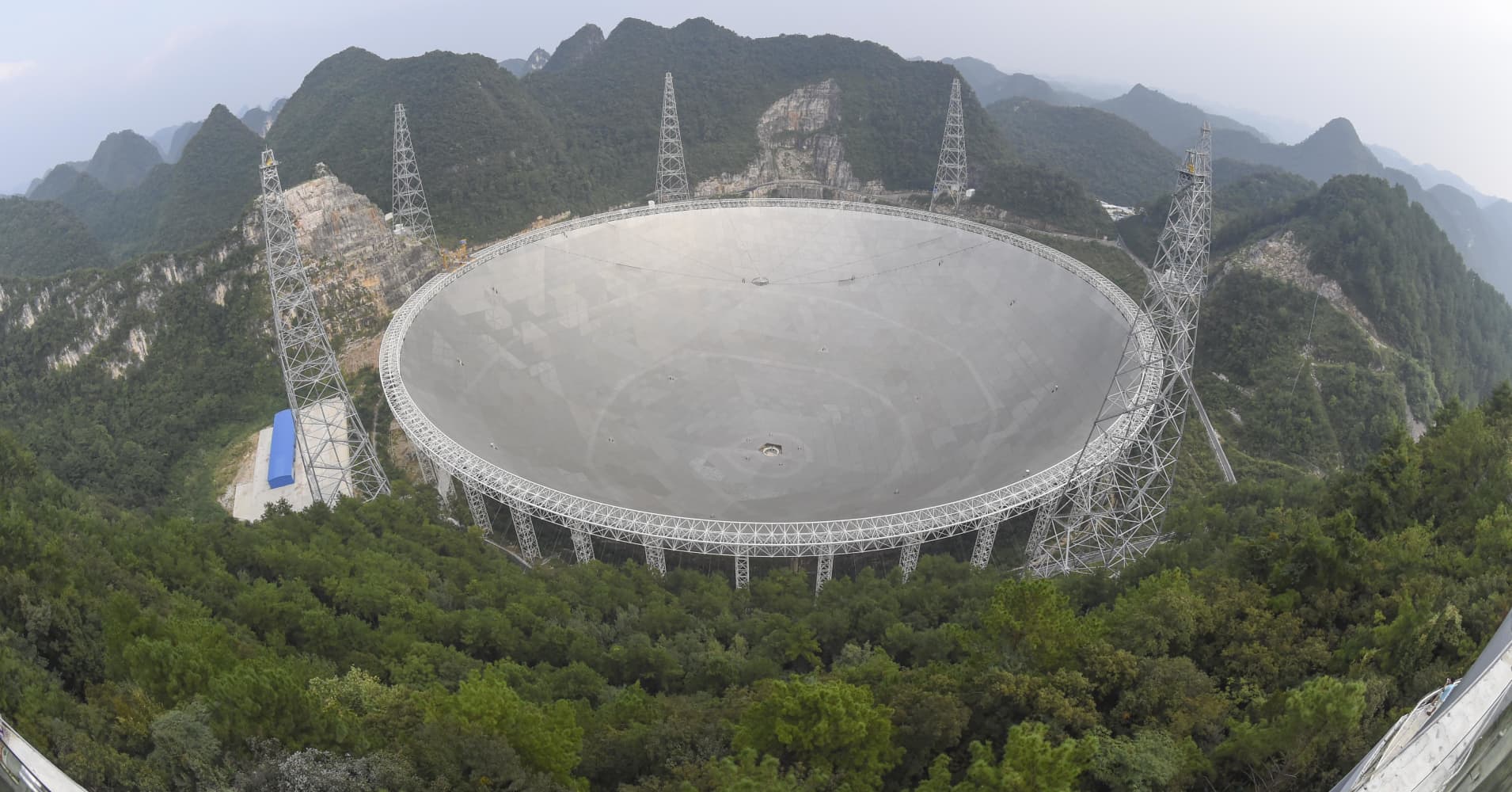The next one better be better than the last. It can't be any worse, right?
From the eight Star Wars films (franchise) so far the first one - Star Wars (A New Hope) - May 1977, was the real "propulsion" one.
The last two Star Wars; (1) Star Wars: The Force Awakens - Dec. 2015, and (2) Rogue One: A Star Wars Story - Dec. 2016 were both in 3D.
Avatar (2009) was the new 3D technology rejuvenated. In 2017 3D has lost his art/sense appeal to give place to 4K that couldn't include it in its Blu-ray standard. But @ the cinema 3D is alive.
James Cameron is a 3D guy, and he's not alone. He doesn't need money, he has already plenty of it and he uses it @ the service of ocean exploration (very important for the planet as our oceans contain the water we can process to make it drinkable for the ten billions of people by the year 2100, and the food @ the bottom), and @ the service of cinema technology, 3D without glasses. Those two things are among James Cameron's passionate pursuits. Water has been one of his fascinations for a long time: The Abyss (1989), and in Terminator 2: Judgement Day (1991) with the special effects of the T-1000. He is still involved with water, and with 3D, in exploring deeper and experimenting with newer cameras and working with a team of highly skilled computer special effect artists.
Star Wars is HUGE, a huge franchise. Disney is big too, PIXAR, Marvel, Disneyland, ...the full trillion enchilada.
Avatar is also part of Disney's ride. Avatar is the top grossing film of all time, $2.8 billion.
So if you have the innovators/creators/financial Hollywood institutions behind, the sequels have to be bigger, better than ever, more evolved all the way around, and highly profitable as they are @ the precipice of the latest sound and image of technological entertainment/advancement.
But in both cases (Avatar and Star Wars), the originals are the machines that made it all where we are @ today, and beyond to the future of cinema entertainment.
Some Disney executives, team members, ...are very very rich...incredibly rich. The money generated from the best companies is usually reinvested in the development of further improvements beneficial for all; investors, shareholders, workers, ticket buyers, share buyers.
In the cinema industry it reflects on our screens, our immersive moving experience, in sound, the actors/actresses loved by the general public, by all the best efforts and latest and best technologies in filming cameras and in sound recording/mixing reproduction. ...Moving images with moving sounds for best moving emotions in sync.
We have sound in front, @ the sides, behind, above, and vibrating low frequencies under our butts.
We have moving images that are cleaner, deeper, like windows breaking free, and leaving only shattered glass on the floor.
We have more dimensions, going outside the screen, expanding our surroundings.
I truly believe that James Cameron is super highly motivated by the best 3D visual experience for all.
And he also is very passionate on the very best ultra hi-def picture in 4K/8K with the best high dynamic range for the whitest whites and blackest blacks.
And he also pursues the best movements of moving images by being on the latest edge of the best number of frames per second (fps) with his favorite screen aspect ratios.
He is one among other filmmakers from the true creative artistic breed of cinema technological advancements.
In my honest opinion it cannot hurt this industry. We just have to be patient, that's all. I don't really know what's coming up tomorrow...I can only imagine by entering a little the brain mechanism of some of our grand cinema masters.
Avatar is not loved by all the 7.5 billion of people living on our planet today. Titanic (1997) might have more lovers overall.
But the financial aspects speak volume as to what people love globally. And it just happened that Avatar and the two last Star Wars were also presented in 3D in many cinemas across the globe. Even Titanic had a second run after it was presented in 3D.
_____
Extra:
Our eyes and ears are the vision and voice of the future world we decide to live in, today. We have larger, more powerful telescopes to see further and closer to other galaxies, we have bigger, more receptive telescopes to listen to the smallest sounds deeper in space.
We look deeper and listen further for any alien form in space. We look for water (very important for survival) and we listen for any type of communication (language to advance).






